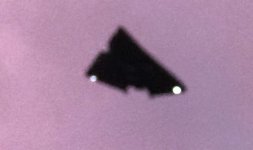paulears
Member
To understand a definition, you need knowledge and context. If you know, the. Your interpretation is based on your existing knowledge. This question, frankly, is a very poor one to be in an exam, because the inclusion of the word ‘if’, is actually a question. It translates to “is a cable a transmission line?” Which could be yes or no. The correct sense would be “a cable, operating as a transmission line”. Couple this with “ under what circumstances does a cable block RF current?” And you get the option to use science and context. If they used the exact wording in the title of this topic, then that is inept exam question creation. It is, however, a good question if the purpose is to create discussion that reveals knowledge. Remember that real exam boards, not Governments or societies, rarely ever require people to understand, because it’s impossible to quantify understanding. “students must understand Ohm’s law”. Then we start to talk about impedance, rather than resistance, which generates so much misunderstanding.







